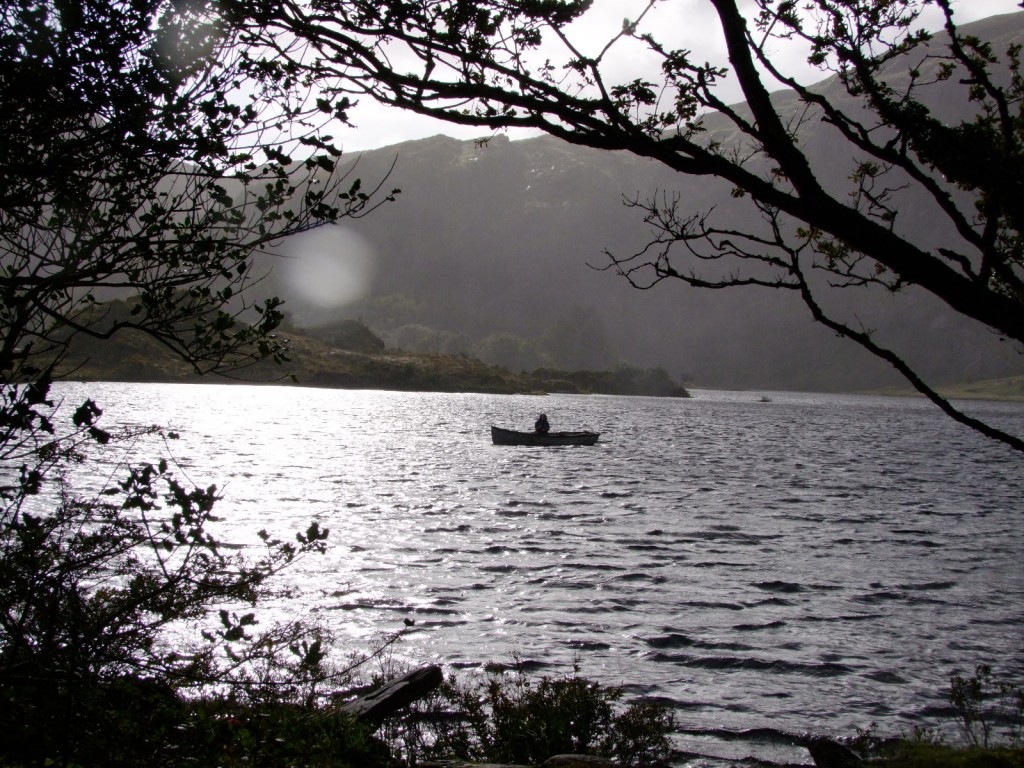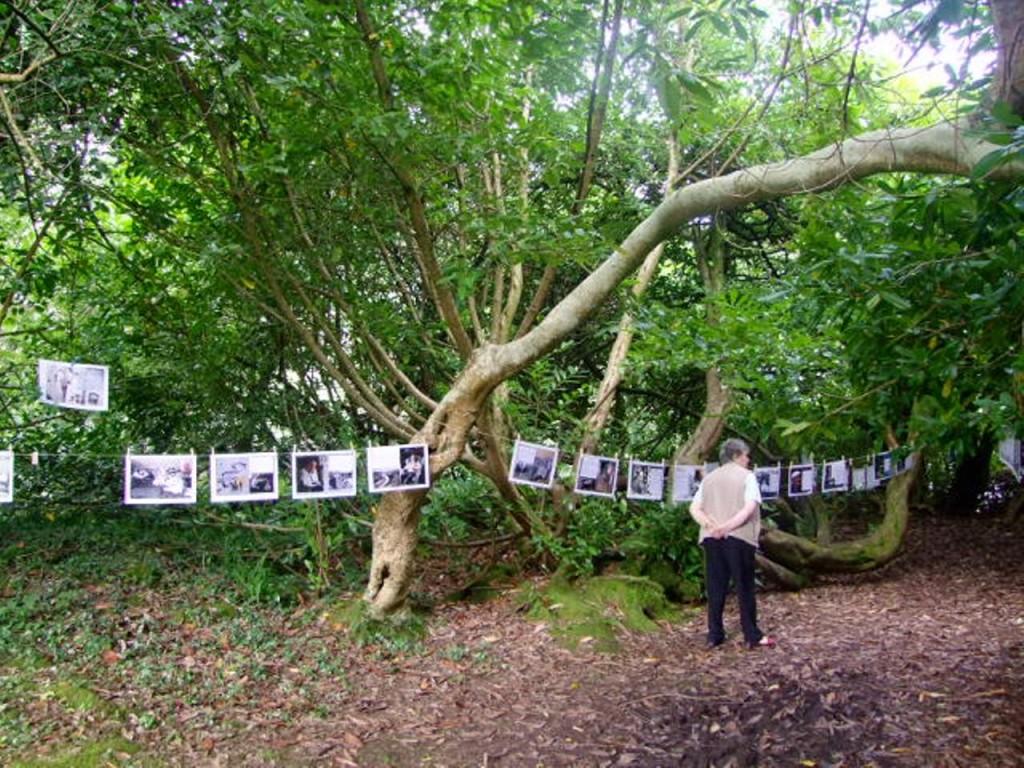
Kieran’s Our City, Our Town Article,
Cork Independent, 22 September 2011
In the Footsteps of St. Finbarre (Part 267)
Voices of the Lee Valley
It was probably inevitable that close to the end of the River Lee series there would be another return to Gougane Barra. I suppose I am reflecting on the title of the series, “In the Steps of St. Finbarre”, as it approaches its conclusion and trying to pin down some thoughts of spending over five years studying and writing about histories and memories within the valley.
Next Sunday, the 25th, is the feast day of St. Finbarre, the Patron Saint of Cork. To coincide with this the annual Gougane Sunday, ceremonies (start 2.30pm) will be held and once more the memory of the saint and his relevance in this world will be re-activated. To mark this and to say thanks in a sense to all those who contributed to this series, on the island I will have a historical exhibition on display on people and places in the valley, entitled Voices of the Lee Valley. In addition I hope to run two short walking tours of the pilgrimage island next Sunday, one at 1pm and the other at 4.30pm (meeting at the exhibition on the island). These tours are free and all are welcome.
The new historical exhibition is one I have been work-shopping with the kind permission of the Diocese of Cork and Ross over a number of days over the last number of weeks. One of the aspects that have become an important strand of my research is the aspect of outreach, that in any landscape research project, one should walk the land and engage with those that respect it. I find it interesting as well to see some of the photos and memories collected over the Lee series on display in Gougane Barra. Of all the sites in the valley where participation in its heritage is encouraged as well as reflecting on its deep history is Gougane Barra.
W.G. Hoskins’ The Making of the English landscape, in his early research on landscape, represents the countryside as an ancient place, ‘throbbing’ with messages about the past that only some people could decode. In a similar vein, another scholar Jim Duncan, asserts that the landscape serves as a vast repository of symbolism, iconography and ideology. Certainly Gougane Barra has these elements in abundance.
Perhaps the first to engage with the memory of St. Finbarre was the Catholic priest Fr. Denis O’Mahony. His advent in the late seventeenth century to the site brought his own thoughts of how to mark the story of Finbarre. Fr. O’Mahony introduced a memorial, a series of cells and gardens on the pilgrimage island. He chose to physically enhance the symbolism of the island site. It could be argued that Fr. O’Mahony built his monastery as part of a religious strategy to uphold, use and pass on it’s values to contemporary society. Fr. O’Mahony brought his own mindset and education as a priest and re-invented the folklore of St. Finbarre in a tangible way by building a new living hermitage and in turn created a living and working ruin to the saint.
However, all that remains in Gougane Barra are the cells and their enclosure wall – the gardens by Fr. O’Mahony are gone and have fallen to the ravages of time. The extant ruins in Gougane Barra have become an unquestioned part of the social environment of the way of life in the place. They are embedded in the landscape and convey powerful cultural and ideological messages. They are the collective representations, which organise and structure people’s perceptions of this space.
Sitting amongst the Fr. O’Mahony’s central ruin on Gougane Barra pilgrimage island and observing people and their interactions with the site, peoples’ relationships with the site are complicated and full of messages. Certainly each person I have observed and have spoken to over the last number of weeks have their own personal relationship with the site. Interestingly, the absence of historical panels explaining the site seem to heighten the interaction and connection with the site, with many people, who seem to visit the site for the first time asking those with them questions about what the pilgrimage cells are. Anything that can be read is read. The old Irish script on the central cross, said to mark St. Finbarre’s hut, provides part of the forum to debate this place. There is a quest for understanding. Those who were regular visitors to the site or showing people around gave their perspective on the site.
In one half an hour of one of my visit, the array of conversations was varied. Themes such as St. Finbarre, the first Bishop of Cork, were raised as well as the region’s history were discussed such as Michael Collins to talking about other difficult times in Ireland’s history. As kids ran around the site, they were silenced and told to respect the place. All entered the cell spaces, viewed the cross signs in some of the eight cells. Few criss-crossed the site and many moved clockwise around the site. The site, if anything, starts participation, a reminiscing and a search for a personal connection.
Historical walking tours with Kieran, Gougane Barra Pilgrimage Island, Sunday 25 September 2011, 1pm & 4.30pm (before and after the Gougane Sunday ceremonies)
To be continued…
Captions:
609a. Gougane Barra lake, September 2011 (pictures: Kieran McCarthy)
609b. Voices of the Lee Valley, Kieran’s new historical exhibition
